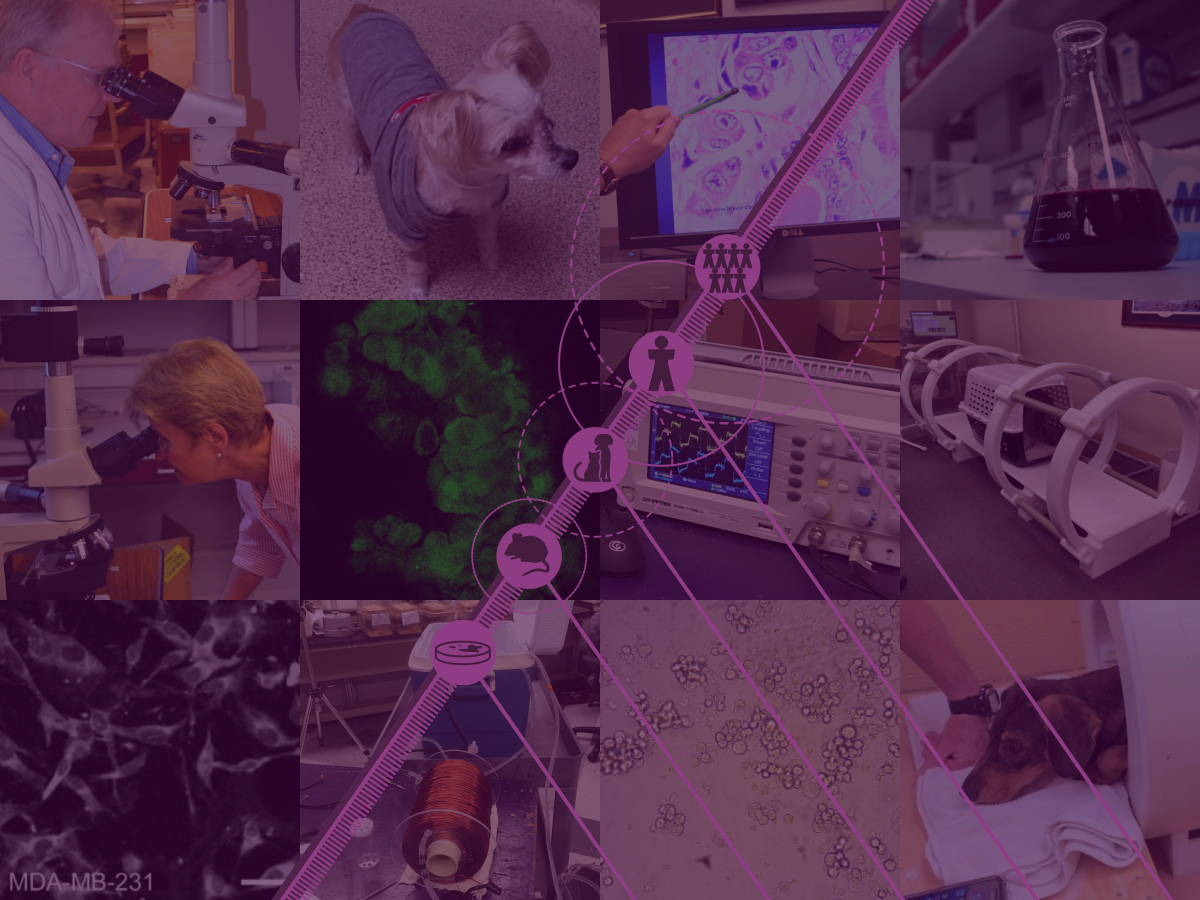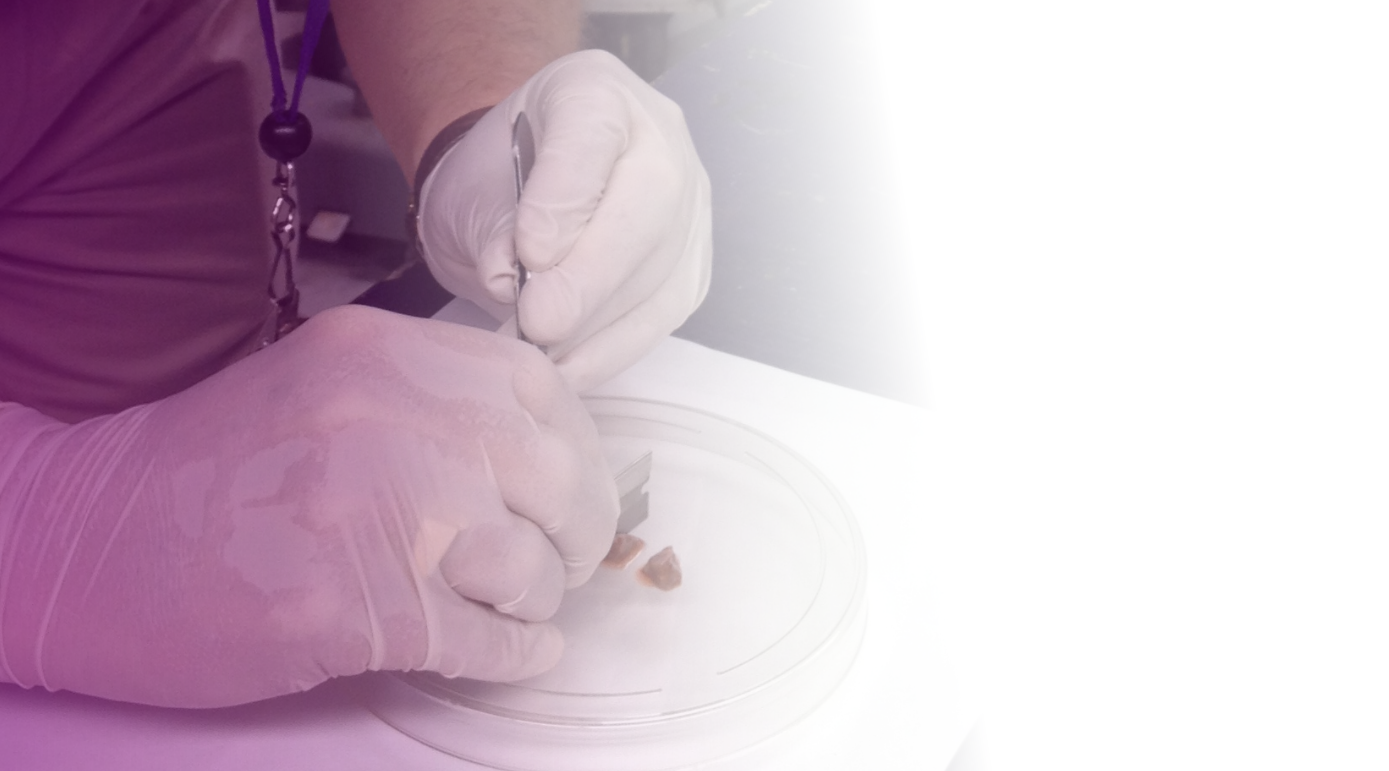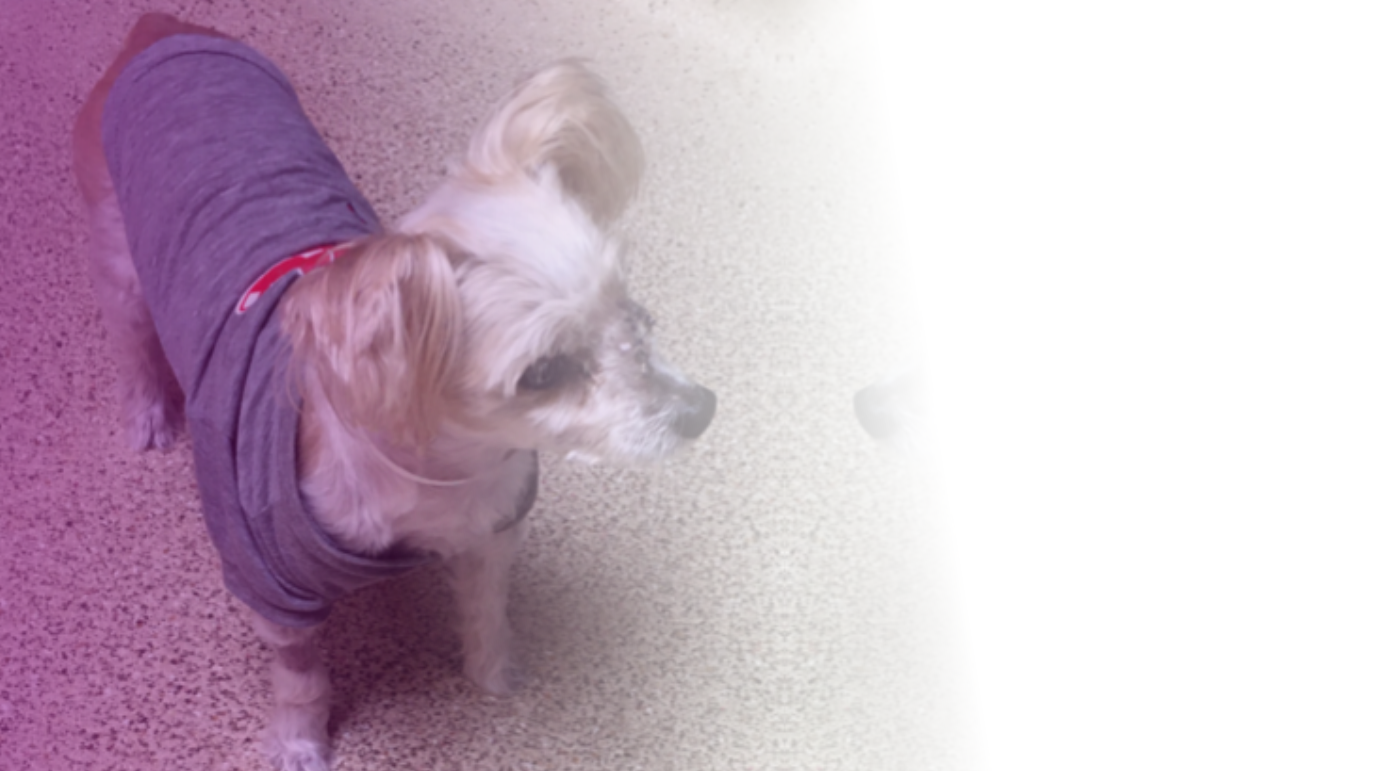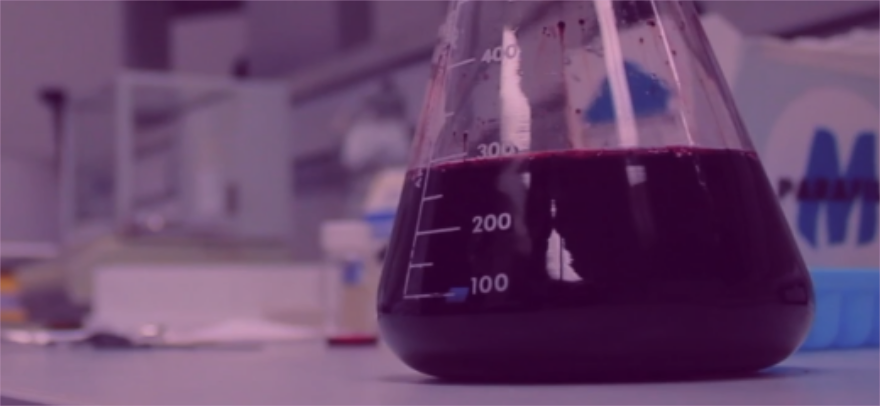
Milestones
Trace the development of Targeted Osmotic Lysis, from first steps to future possibilities.

Tissue culture
2013: Dr. Paul and Dr. Gould released a poster presentation for the American Society for Cell Biology Annual Meeting, outlining the basic principles of TOL.
2014: TOL achieved 95%-100% lysis in tissue culture, including lung, breast, colon, prostate and pancreatic cancer. Early experiments demonstrated that over 80% of cancer cells could be killed in a single pass, while leaving healthy cells unharmed.

Mice
2017: Oleander developed its first electrical device, a solenoid coil with ice water bath for treating cancer in mice.
2019: Mouse survival studies showed that TOL could reduce nominal tumor size by 50% within 48 hours, and double survival time in mice inoculated with TN breast cancer.
2020: After progressing from the solenoid ring to a coaxial ring, further studies on mice indicated reduction of nominal tumor size by 55% within 24 hours. TOL was able to completely eliminate mesothelioma tumors in mice.

Companion animals
TOL has been safety tested in dogs and cats and has been used under the supervision of veterinarians in Louisiana as a treatment for advanced cancer. To date more than 40 companion animals have been treated without serious side effects, and none have exhibited any discomfort, pain or harm due to the treatment. Some highlights:
2019: Early safety testing on cats and dogs, beginning with a toroid device, was conducted at LSU School of Veterinary Medicine and was found to cause no harm.
2020: Ongoing pilot clinical studies have consistently reduced tumor size in companion animals. The first canine patient, Gizmo, a Maltese mix with facial carcinoma, experienced tumor reduction of 15-20% over six treatments. Robert, the first feline patient, also exhibited significant tumor reduction of advanced adenocarcinoma.
2021: Pilot studies in dogs and cats in veterinary clinics continued in Metairie, Louisiana and began in Mandeville, Louisiana.
Dodge, an English Shepherd with bronchoalveolar lung cancer, was treated with TOL for 7½ months. The tumor was kept from growing, and when the dog was euthanized for severe arthritis, the necropsy found that the tumor was 90% necrotic (dead).
Marley, a Labrador Retriever with a nasal carcinoma, began treatment in early December 2021. The very large tumor disappeared and histopathology showed no evidence of it 17 months later. Marley lived until December 2024, three years after first treatment. Her nasal carcinoma never returned.
2022: Otto, a Rottweiler with bladder cancer, had a prognosis of 2-3 months to live when he began treatment in late July 2022. More than 9 months later he was still alive, and the tumor was smaller than when first diagnosed.
2023: Working under FDA guidance, Oleander began a toxicology study in dogs to demonstrate safety of TOL. This study was completed in 2024. See Article >

Human clinical trials
2020: Manufacture and delivery of full size coaxial ring gives Oleander the capability of treating human patients.
2022: A second human-sized device was manufactured and delivered to the Oleander team.
2024: Human pilot studies for patients with advanced cancer began in January at a location offshore.
2025: Human pilot studies began at a hospital in Mexico.

Need to know more?
Check out our Frequently Asked Questions.

Want the latest updates?
Get the most recent TOL news on our Oleander news page.





